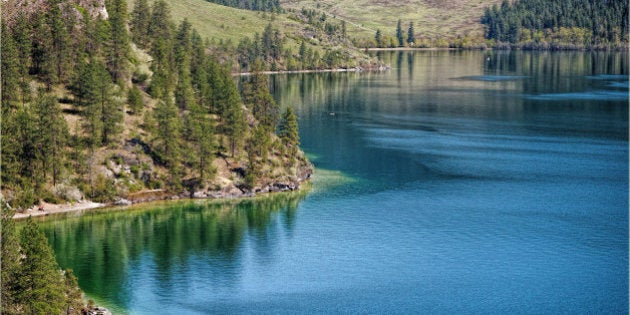
If one of your goals when you get outside to enjoy Canada's vast natural spaces this summer is to bring home some awe-inspiring photographs, you may be wondering where to start. We spoke with Bruce Kirkby, an award-winning wilderness writer and adventure photographer to get his take on what makes a great nature photo.
1. Pay attention to the time and weather
The hour just after sunrise and the hour just before sunset are called the "golden hour" in the world of photography. Bruce estimates that 85 to 90 per cent of professional photos that are sold are taken during these times of day, when the light is softer due to less dynamic range of light. Mid-day shots are not as attractive since photos can get blown out with too much light. If you're planning on taking wildlife photos, cloudy days are best as more wildlife is active.
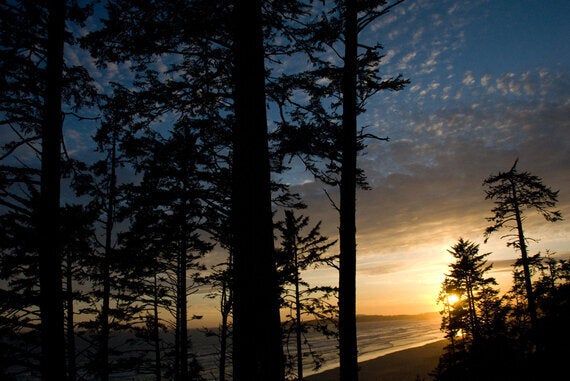
Photo Courtesy of Bruce Kirkby
2. Include something in the foreground to frame your subject
Including a small object that is closer to you than your subject frames the subject and deepens perspective. The foreground object doesn't need to be in focus to be effective at adding a sense of depth.
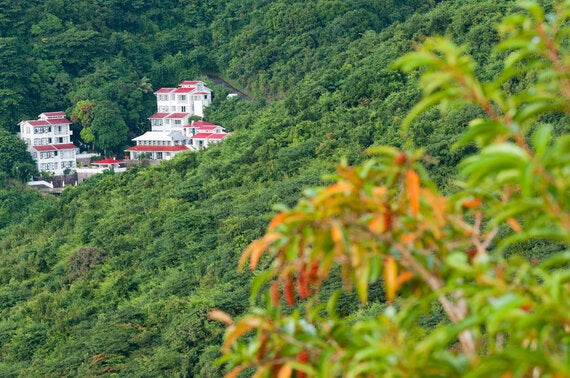
Photo Courtesy of Bruce Kirkby
3. Get closer with a wide-angle lens
Getting closer to your subject than you think you should with your wide-angle lens can yield surprising results.
4. Try different angles
Shots taken from straight on, as we're conventionally used to taking them, aren't as compelling as shots from various angles. Lie on your belly, stand up on a box and hold your camera over your head, try as many different angles as you can to get the right shot.
5. Position your subject off-centre
The subject isn't meant to be smack dab in the middle of the frame. To get away from this, pro photographers use the "rule of thirds." The rule refers to mentally superimposing a grid that is three high and three wide over your frame, then ensuring that your subject isn't in the centre of the frame.
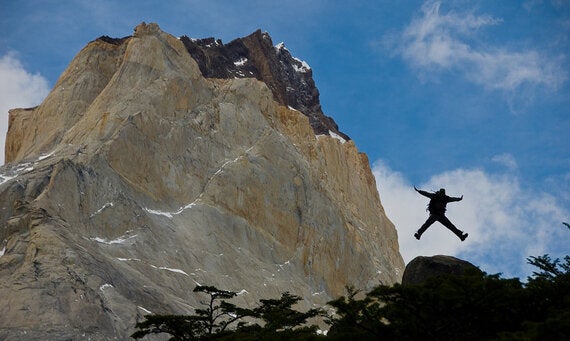
Photo Courtesy of Bruce Kirkby
6. Include a person in landscape shots
If you have a stunning landscape, including a person off to the side of the shot will give an idea of the human scale and make the shot more interesting. Bruce suggests someone with a brightly coloured shirt or gear to draw the eye.
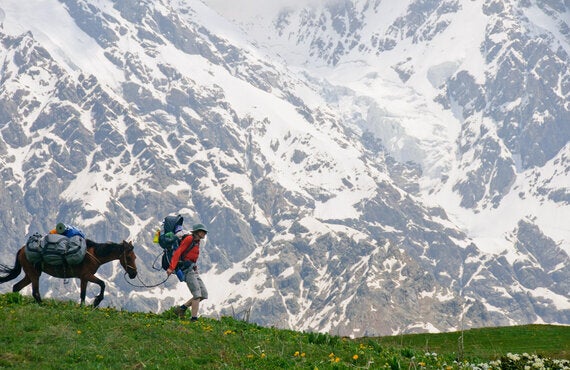
Photo Courtesy of Bruce Kirkby
7. Pack lightly
Too much camera and other gear can weigh you down and potentially make you miss wildlife and other fleeting shots. Set up your camera beforehand and have it accessible so that you are poised and ready if a good shot happens.
8. Use the lowest possible ISO settings
ISO settings adjust for your camera's sensitivity to light. The higher your ISO settings are, the grainier your pictures will be. For this reason, it's best to not use automatic ISO settings for any photograph. Bruce recommends not going above 400 -- start with 100 and work your way up until the shot looks good.
9. Use lower shutter speeds for movement
To capture the wind in grass, waves on a lake or ocean, or waterfalls, use a slow shutter speed to blur the motion and give your shot a professional touch.
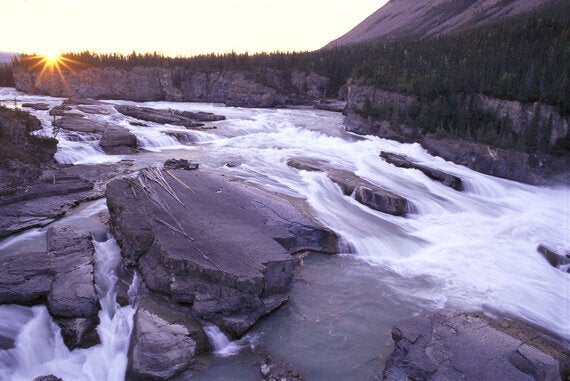
Photo Courtesy of Bruce Kirkby
10. Do your research
Before you head out, do an Internet search for photos taken of the area your are visiting. This will give you inspiration for the kinds of subjects you can capture in the region and how to frame them.
11. Use a tripod
While you don't need a tripod to get good pictures, they do cause you to slow down and be more considerate with your framing.
12. Don't dismiss your smartphone
Bruce emphasizes that smartphones take amazing pictures and shouldn't be underestimated. Mobile phones make it easy to take pictures and share them instantly with your friends, and premium smartphones have camera specifications that rival most digital cameras.
Some smartphones can take overexposed images if you are using their standard camera settings, resulting in photos that are too light. To adjust exposure on the fly on an iPhone, tap on the subject that you are focusing on and a slider will pop up that allows you to make the picture a bit darker. You can also adjust your camera settings in advance so that all of your photographs are taken with a darker exposure.
Bruce Kirkby's photographic clients include Patagonia, Lululemon, Outside magazine and NG Adventure magazine. One of his photographs was selected as one of the "most compelling adventure images of the decade" by National Geographic.
Find photogenic natural areas to visit at www.natureconservancy.ca/visit.
Written by Angela West, director of social media for RandallAnthony Communications Inc.
MORE ON HUFFPOST:
